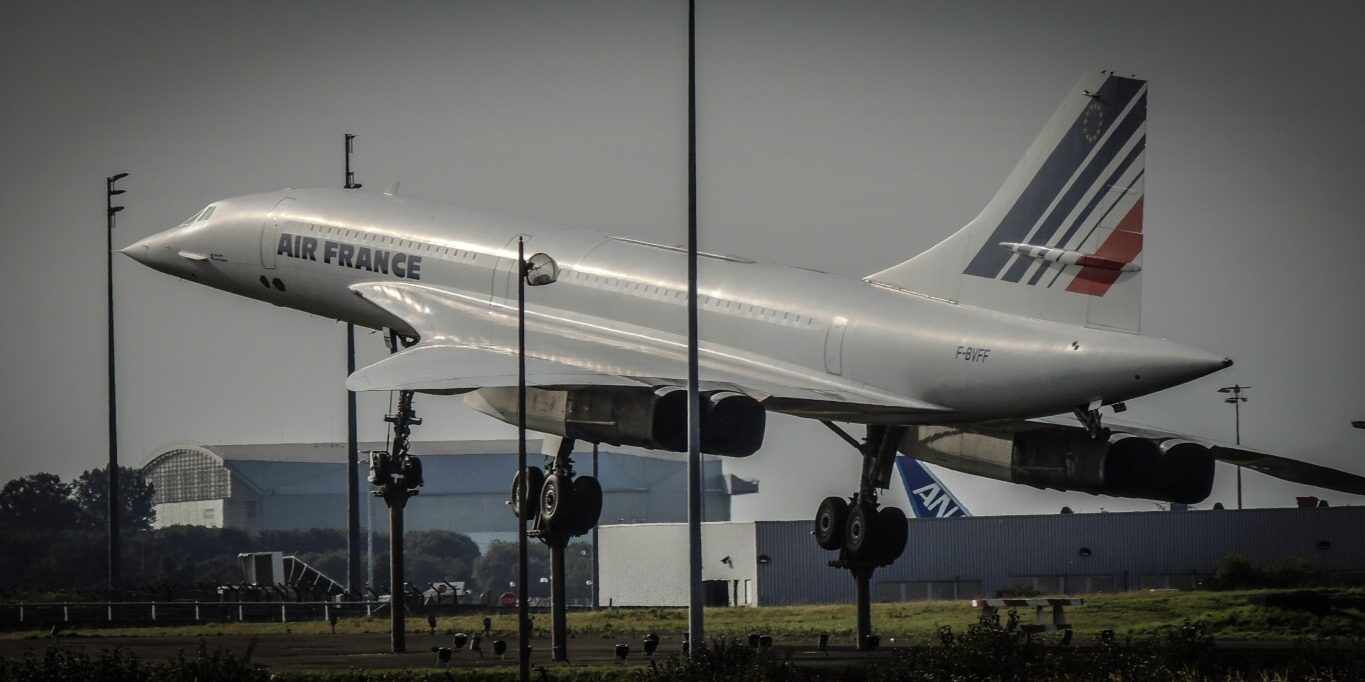Time Travel – the history of Concorde
60 years ago, a project began that would define a new era of European cooperation and change the face of travel – the Concorde. The world’s only supersonic commercial plane to date, Concorde rewrote the rules of travel during its brief life cycle, flying for around 30 years before a tragedy brought the project to an end. To mark the anniversary, here’s a look at the history of the Concorde.
The plane was part of an international treaty between the British and French governments
Concorde emerged out of the desire of several countries to launch a supersonic commercial aircraft, preparation beginning almost as soon as Chuck Yeager crossed the sound barrier in October 1947. Both the USA and Russia tried to expand this speed to commercial flights, with only the latter nation succeeding (albeit temporarily), while a collection of European nations came together to develop Concorde. The plane was part of an international treaty between the British and French governments, with the name chosen to represent this cooperation (in English and French, ‘concord’ and ‘concorde’ respectively mean ‘agreement’).
France and the UK signed a treaty establishing the development project on 29 November 1962, and it fell to the joint efforts of Sud Aviation (later Aérospatiale) and the British Aircraft Corporation to work on the plane. The development took a long time and ran massively over budget in both nations, but a number of innovations resulted from the process – from electronic flight controls and the first cockpit sidestick to anti-skid braking systems and the movement of fuel around the aircraft in flight to adjust the centre of gravity. It also had a famous dip nose, which gave pilots better visibility during take-off and landing. The maiden flight took place on 2 March 1969, lasting 29 minutes – it did not exceed 480kph, but it was an exciting story that showed the potential of European cooperation.
At its fastest, a flight from New York to London took just two hours, 52 minutes, and 59 seconds
A further seven years were necessary before Concorde entered commercial service, making its first commercial flight on 21 January 1976. British Airways and Air France both scheduled flights that day, and flights on the coveted London and Paris to New York routes finally began in November 1977. It was incredibly fast, travelling at a max speed of over twice the speed of sound, and this power came from the way its four engines employed ‘reheat’ technology – it added fuel to the final stage of the engine, producing extra power for take-off and the transition to supersonic flight. At its fastest, a flight from New York to London took just two hours, 52 minutes, and 59 seconds.
The plane immediately captured the public’s imagination, but there was opposition. A by-product of supersonic flight is the sonic boom, which sounds like an explosion on the ground – as a result, the plane was limited to routes over water, with minimal time spent over land. Nearby residents also complained about the sound of the four engines, further curbing flights, and it was expensive for a ticket (around $12,000 for a round trip).
There were a number of factors that led to Concorde’s eventual demise, including a rise in maintenance costs and a general downturn in demand. But there’s one date that famously sticks in the mind about the end of the plane’s era, and that’s 25 July 2000. A flight departing from Paris ran over a piece of titanium which has fallen from another aircraft, which burst the tyre and resulted in the fuel tank igniting. The plane lifted off, but it lost thrust and fire damage made it impossible for the pilot to maintain control – it crashed after two minutes, hitting a nearby hotel. Everyone onboard – nine crew members, and 100 passengers – was killed, alongside four in the hotel.
However, in June 2021, United Airlines announced plans to bring back supersonic transatlantic flights by the end of the decade
After the disaster, the entire fleet was grounded and only returned to service in November 2001. But there was little appetite to go on the planes now (particularly as its first flight after the accident took place on 9/11) and Concorde aircraft was retired in 2003. The final commercial flight took place on 24 October 2003, taking passengers from New York’s JFK International Airport to Heathrow, and an era ended.
However, in June 2021, United Airlines announced plans to bring back supersonic transatlantic flights by the end of the decade. Mike Leskinen, United vice-president of corporate development, said that the company’s provisional new jets would be around 75% cheaper to operate than the Concorde, and that it would run on “pure sustainable aviation fuel”. By the company’s schedule, passengers may fly on commercial flights by 2029. Virgin Galactic has also revealed its own designs for a supersonic passenger plane, which could fly at three times the speed of sound – it would have limited passenger space, but it could reach New York in under two hours. Concorde is gone, but its legacy lives on in dreams for even faster travel.

Comments